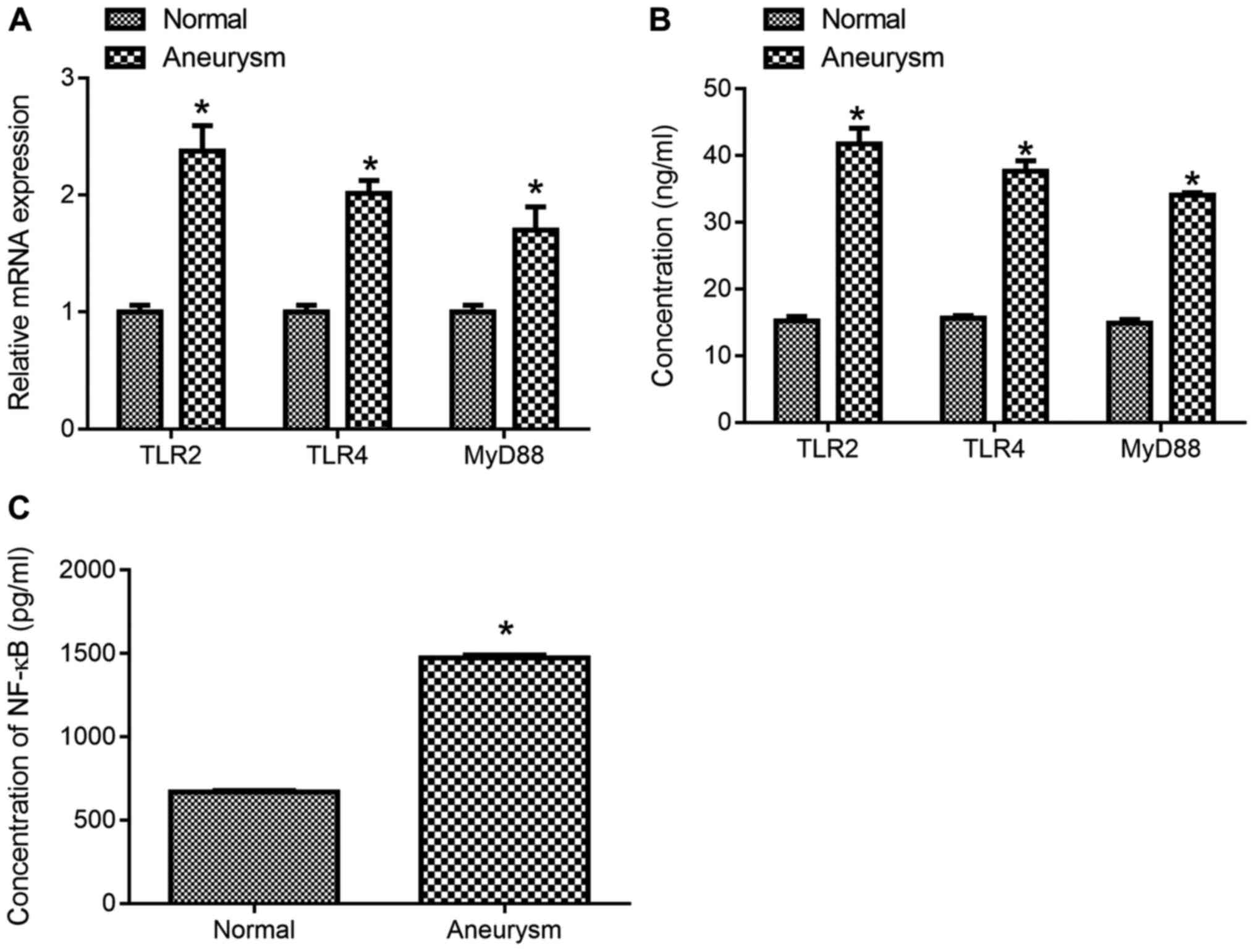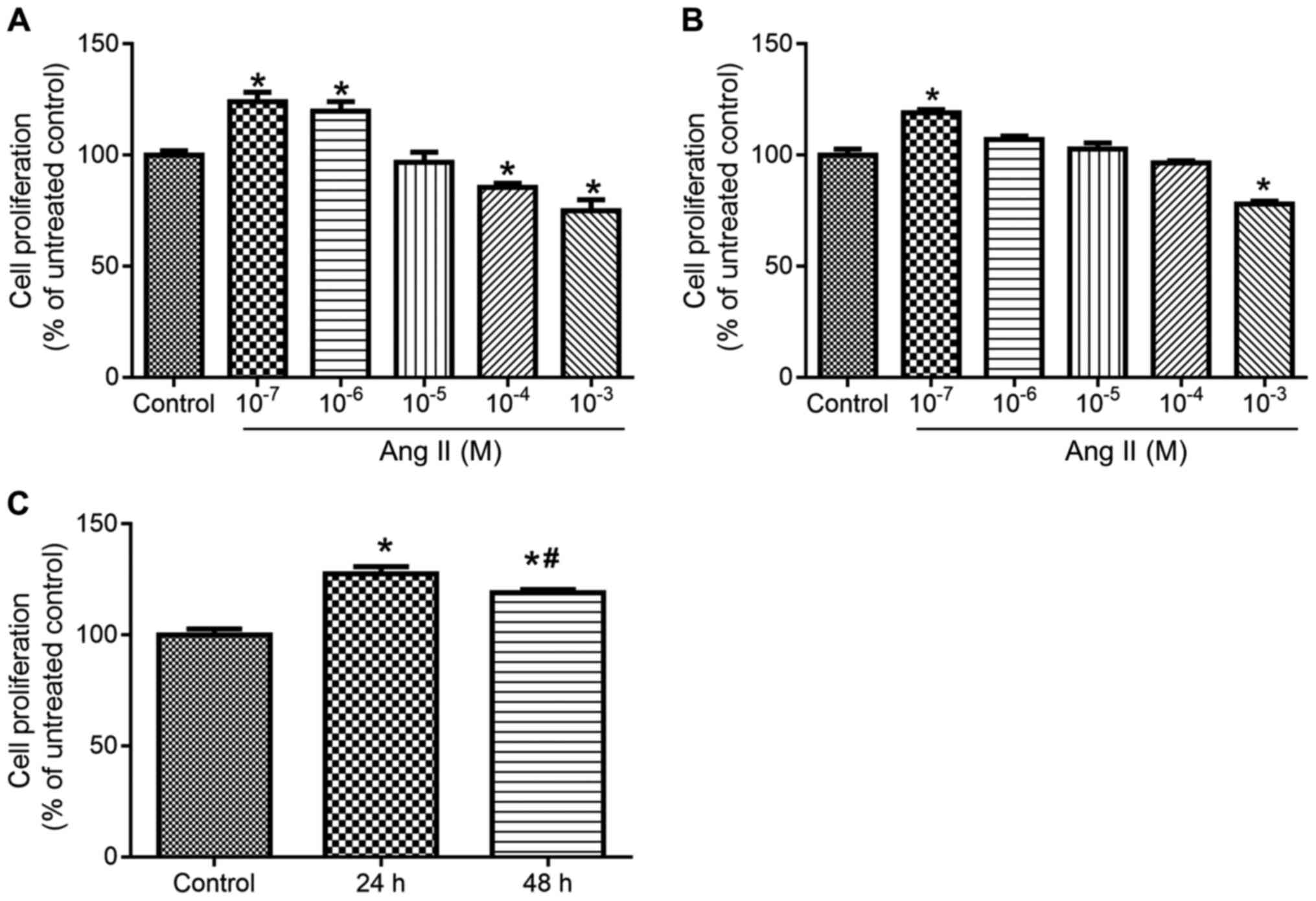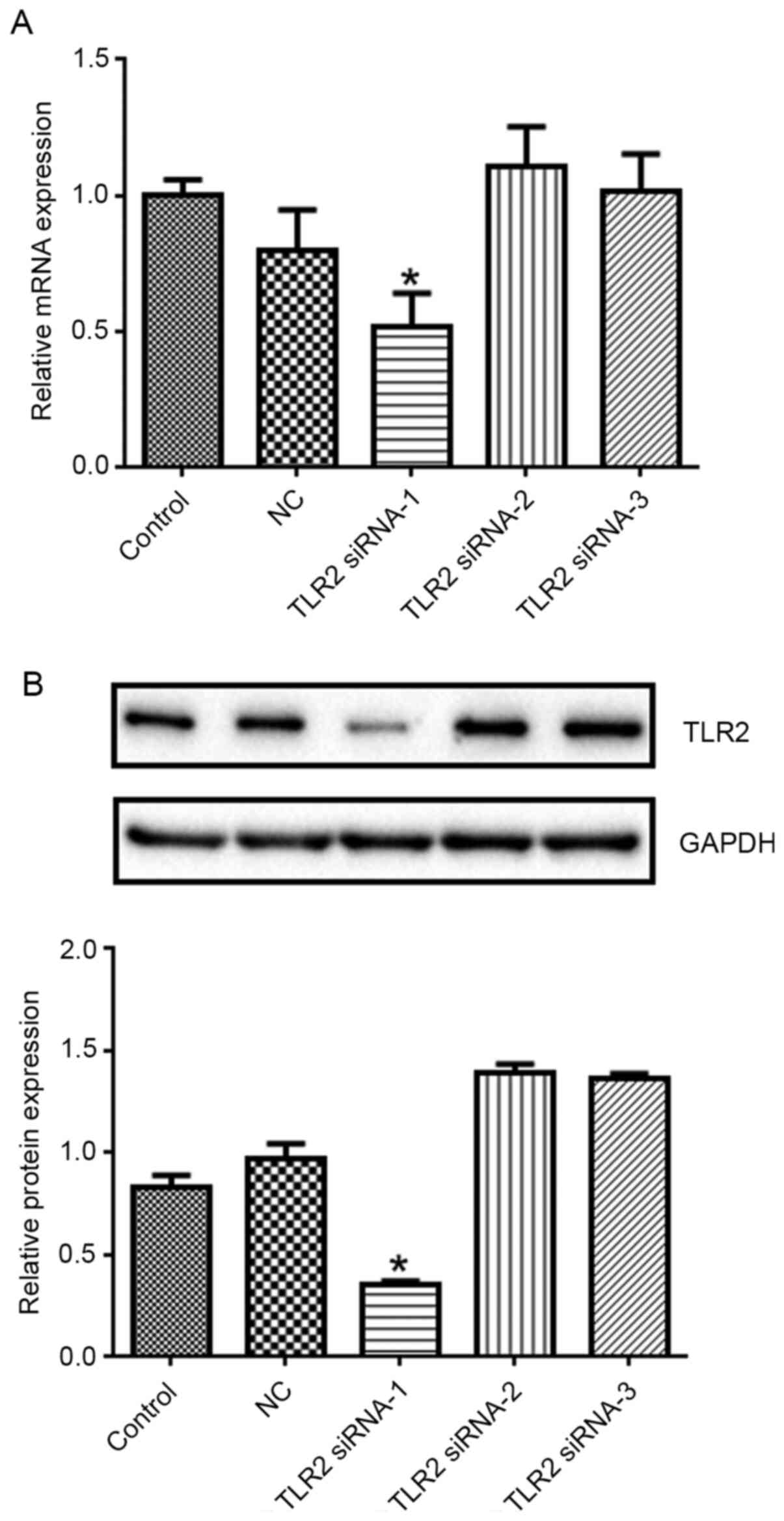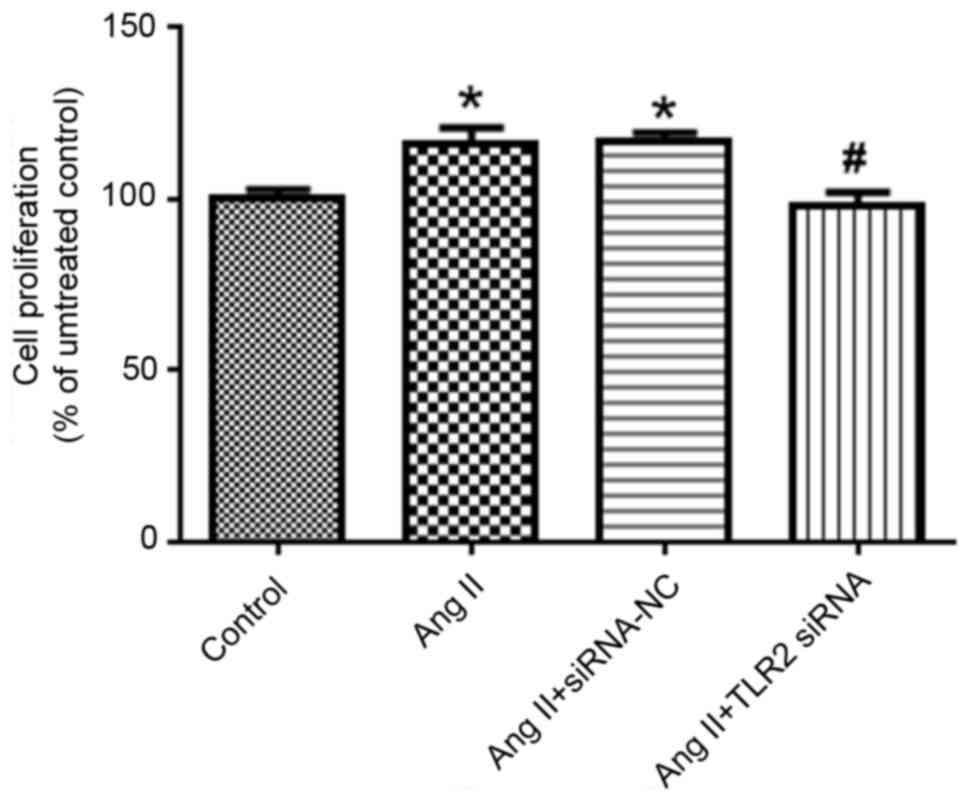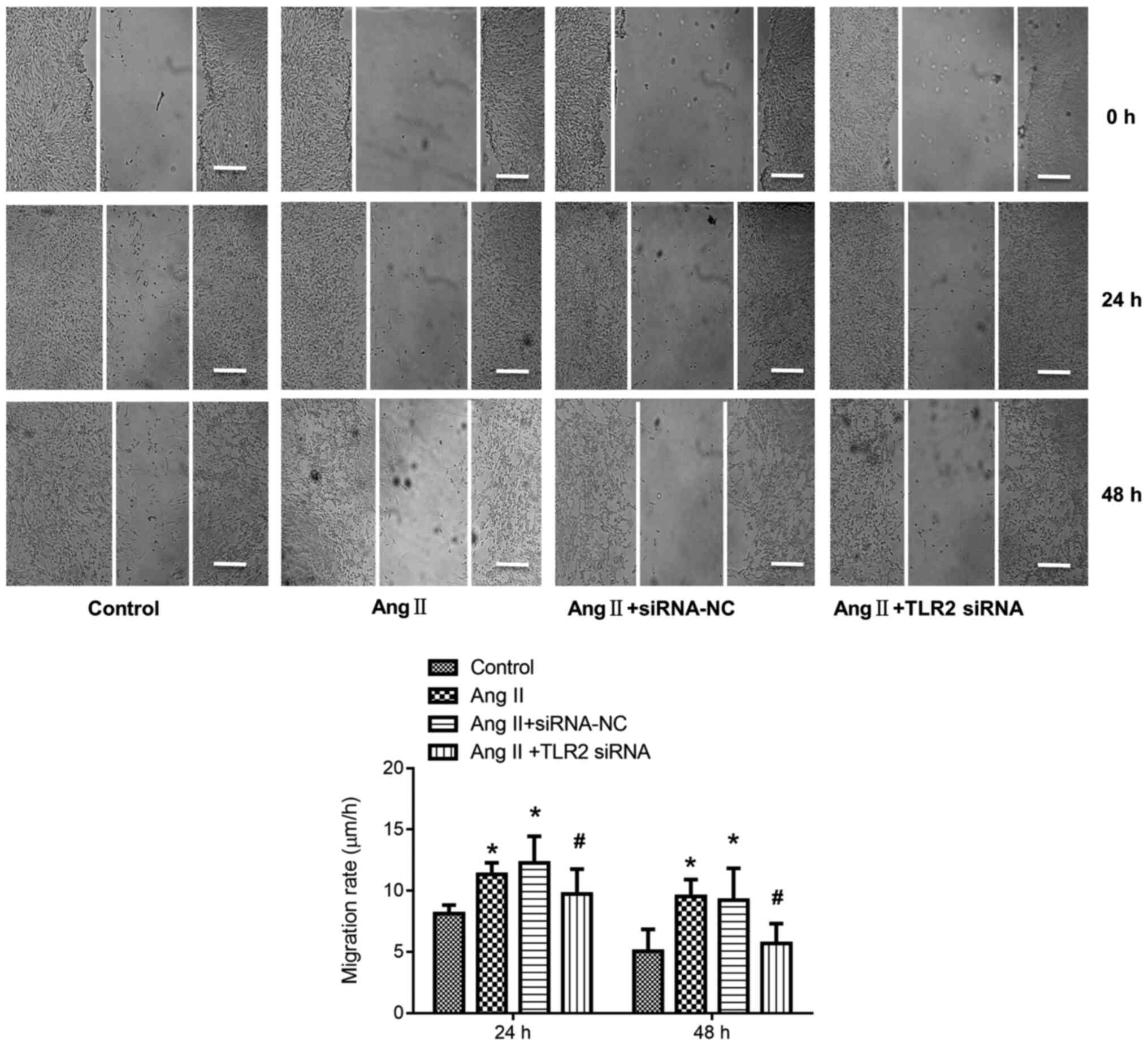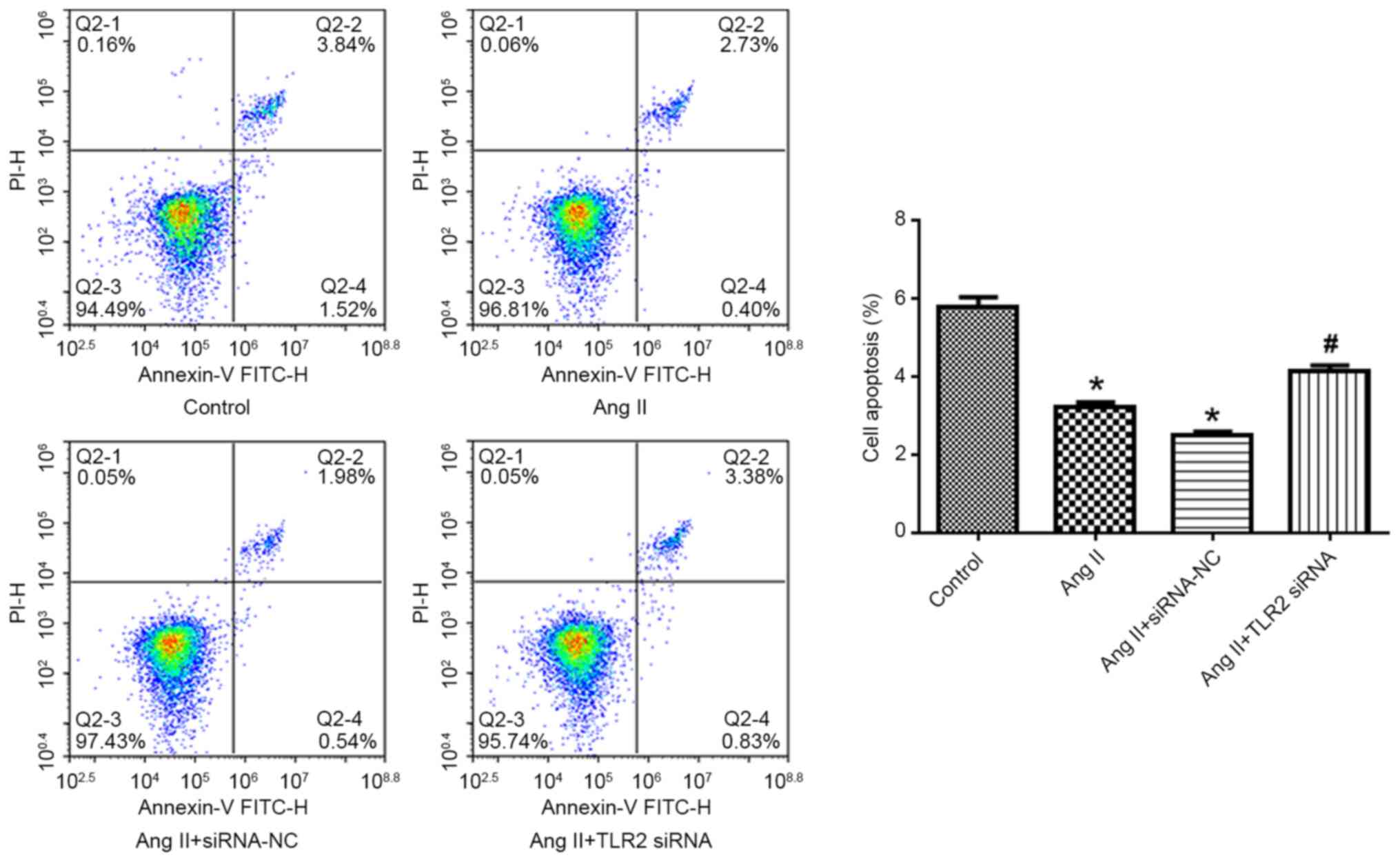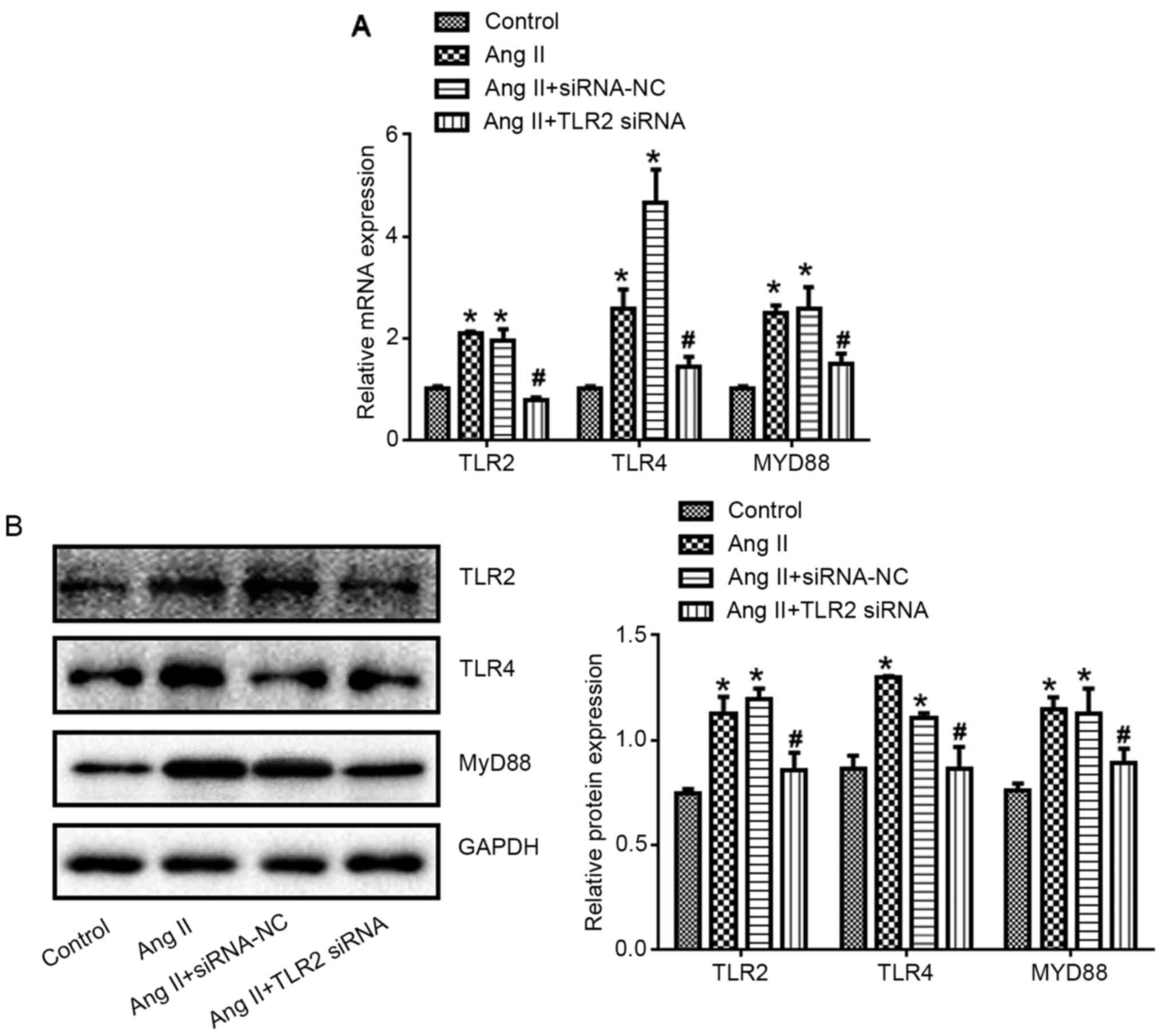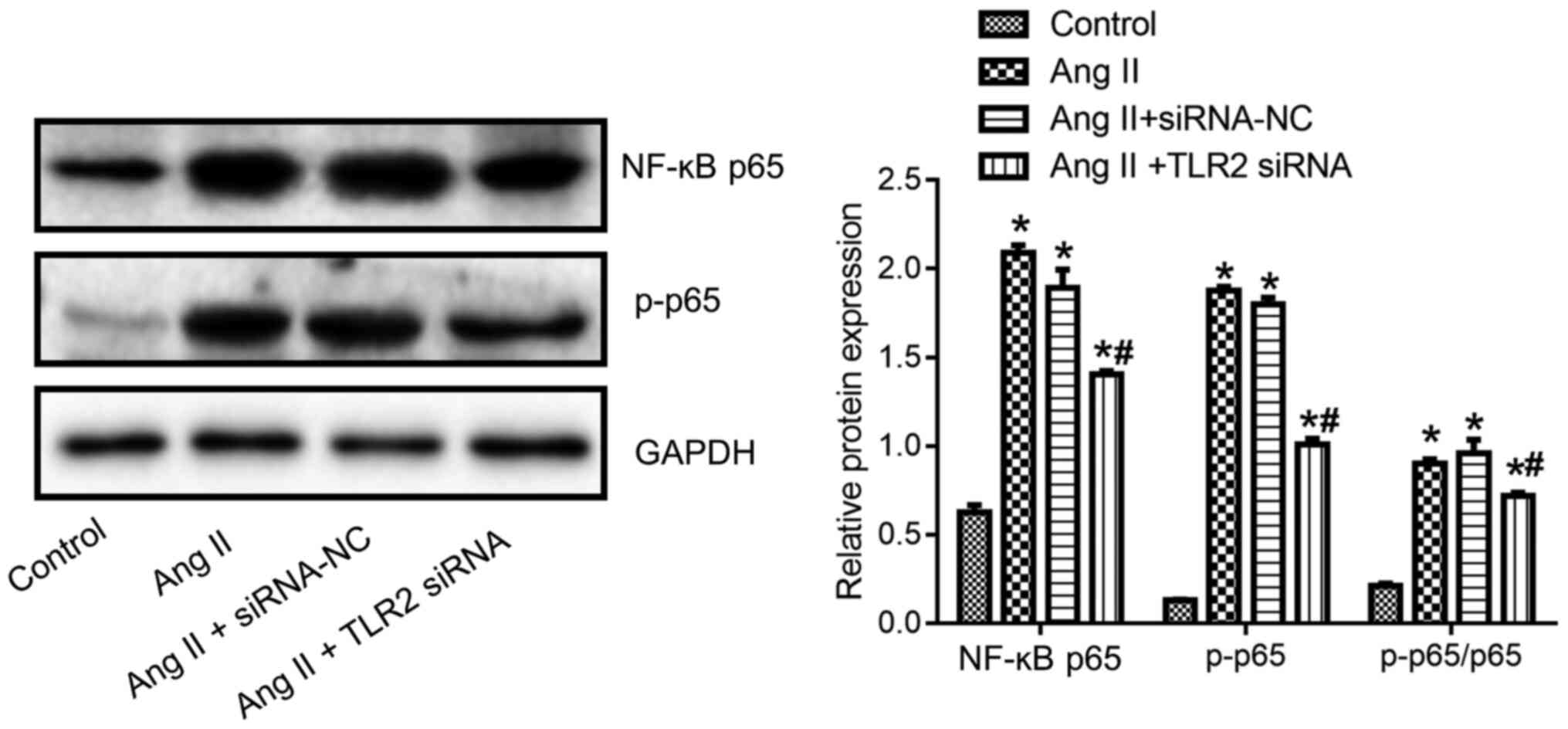|
1
|
Jabbarli R, Dinger TF, Darkwah Oppong M,
Pierscianek D, Dammann P, Wrede KH, Kaier K, Köhrmann M, Forsting
M, Kleinschnitz C and Sure U: Risk factors for and clinical
consequences of multiple intracranial aneurysms: A systematic
review and meta-analysis. Stroke. 49:848–855. 2018. View Article : Google Scholar : PubMed/NCBI
|
|
2
|
Lather HD, Gornik HL, Olin JW, Gu X, Heidt
ST, Kim ESH, Kadian-Dodov D, Sharma A, Gray B, Jaff MR, et al:
Prevalence of intracranial aneurysm in women with fibromuscular
dysplasia: A report from the US registry for fibromuscular
dysplasia. JAMA Neurol. 74:1081–1087. 2017. View Article : Google Scholar : PubMed/NCBI
|
|
3
|
Brown RD Jr and Broderick JP: Unruptured
intracranial aneurysms: Epidemiology, natural history, management
options, and familial screening. Lancet Neurol. 13:393–404. 2014.
View Article : Google Scholar : PubMed/NCBI
|
|
4
|
Khey KMW, Huard A and Mahmoud SH:
Inflammatory pathways following subarachnoid hemorrhage. Cell Mol
Neurobiol. 40:675–693. 2020. View Article : Google Scholar : PubMed/NCBI
|
|
5
|
Takeda K and Akira S: Toll-like receptors.
Curr Protoc Immunol. 109:14 12 11–14 12 10. 2015. View Article : Google Scholar
|
|
6
|
Kielian T: Toll-like receptors in central
nervous system glial inflammation and homeostasis. J Neurosci Res.
83:711–730. 2006. View Article : Google Scholar : PubMed/NCBI
|
|
7
|
Fang H, Chen J, Lin S, Wang P, Wang Y,
Xiong X and Yang Q: CD36-mediated hematoma absorption following
intracerebral hemorrhage: Negative regulation by TLR4 signaling. J
Immunol. 192:5984–5992. 2014. View Article : Google Scholar : PubMed/NCBI
|
|
8
|
Goering J, Pope MR and Fleming SD: TLR2
regulates complement-mediated inflammation induced by blood loss
during hemorrhage. Shock. 45:33–39. 2016. View Article : Google Scholar : PubMed/NCBI
|
|
9
|
Wang YC, Zhou Y, Fang H, Lin S, Wang PF,
Xiong RP, Chen J, Xiong XY, Lv FL, Liang QL and Yang QW: Toll-like
receptor 2/4 heterodimer mediates inflammatory injury in
intracerebral hemorrhage. Ann Neurol. 75:876–889. 2014. View Article : Google Scholar : PubMed/NCBI
|
|
10
|
Ramstead AG, Robison A, Blackwell A,
Jerome M, Freedman B, Lubick KJ, Hedges JF and Jutila MA: Roles of
toll-like receptor 2 (TLR2), TLR4, and MyD88 during pulmonary
Coxiella burnetii infection. Infect Immun. 84:940–949. 2016.
View Article : Google Scholar : PubMed/NCBI
|
|
11
|
Su Q, Lv X, Sun Y, Ye Z, Kong B and Qin Z:
Role of TLR4/MyD88/NF-κB signaling pathway in coronary
microembolization-induced myocardial injury prevented and treated
with nicorandil. Biomed Pharmacother. 106:776–784. 2018. View Article : Google Scholar : PubMed/NCBI
|
|
12
|
Guo J, Liang W, Li J and Long J: Knockdown
of FSTL1 inhibits oxLDL-induced inflammation responses through the
TLR4/MyD88/NF-κB and MAPK pathway. Biochem Biophys Res Commun.
478:1528–1533. 2016. View Article : Google Scholar : PubMed/NCBI
|
|
13
|
Chen F, Zhu X, Sun Z and Ma Y: Astilbin
inhibits high glucose-induced inflammation and extracellular matrix
accumulation by suppressing the TLR4/MyD88/NF-κB pathway in rat
glomerular mesangial cells. Front Pharmacol. 9:11872018. View Article : Google Scholar : PubMed/NCBI
|
|
14
|
Aoki T, Nishimura M, Ishibashi R, Kataoka
H, Takagi Y and Hashimoto N: Toll-like receptor 4 expression during
cerebral aneurysm formation. Laboratory investigation. J Neurosurg.
113:851–858. 2010. View Article : Google Scholar : PubMed/NCBI
|
|
15
|
Okada T and Suzuki H: Toll-like receptor 4
as a possible therapeutic target for delayed brain injuries after
aneurysmal subarachnoid hemorrhage. Neural Regen Res. 12:193–196.
2017. View Article : Google Scholar : PubMed/NCBI
|
|
16
|
Bracard S, Lebedinsky A, Anxionnat R, Neto
JM, Audibert G, Long Y and Picard L: Endovascular treatment of Hunt
and Hess grade IV and V aneuryms. AJNR Am J Neuroradiol.
23:953–957. 2002.PubMed/NCBI
|
|
17
|
Catapano JS, Zeoli T, Frisoli FA,
Burkhardt JK and Lawton MT: Long-term independence in older
patients with aneurysmal subarachnoid hemorrhage in the Barrow
Ruptured Aneurysm Trial (BRAT). World Neurosurg.
S1878-S8750(20)32524-9, Dec 1, 2020 (Epub ahead of print). doi:
10.1016/j.wneu.2020.11.139.
|
|
18
|
Livak KJ and Schmittgen TD: Analysis of
relative gene expression data using real-time quantitative PCR and
the 2(-Delta Delta C(T)) method. Methods. 25:402–408. 2001.
View Article : Google Scholar : PubMed/NCBI
|
|
19
|
Yaghini FA, Song CY, Lavrentyev EN,
Ghafoor HU, Fang XR, Estes AM, Campbell WB and Malik KU:
Angiotensin II-induced vascular smooth muscle cell migration and
growth are mediated by cytochrome P450 1B1-dependent superoxide
generation. Hypertension. 55:1461–1467. 2010. View Article : Google Scholar : PubMed/NCBI
|
|
20
|
Sathyan S, Koshy LV, Srinivas L, Easwer
HV, Premkumar S, Nair S, Bhattacharya RN, Alapatt JP and Banerjee
M: Pathogenesis of intracranial aneurysm is mediated by
proinflammatory cytokine TNFA and IFNG and through stochastic
regulation of IL10 and TGFB1 by comorbid factors. J
Neuroinflammation. 12:1352015. View Article : Google Scholar : PubMed/NCBI
|
|
21
|
Ma A, Wang D, An Y, Fang W and Zhu H:
Comparative transcriptomic analysis of mice liver treated with
different AMPK activators in a mice model of atherosclerosis.
Oncotarget. 8:16594–16604. 2017. View Article : Google Scholar : PubMed/NCBI
|
|
22
|
Fu C, Chen B, Jin X, Liu X, Wang F, Guo R,
Chen Z, Zheng H, Wang L and Zhang Y: Puerarin protects endothelial
progenitor cells from damage of angiotensin II via activation of
ERK1/2Nrf2 signaling pathway. Mol Med Rep. 17:3877–3883.
2018.PubMed/NCBI
|
|
23
|
Zhang ZZ, Cheng YW, Jin HY, Chang Q, Shang
QH, Xu YL, Chen LX, Xu R, Song B and Zhong JC: The sirtuin 6
prevents angiotensin II-mediated myocardial fibrosis and injury by
targeting AMPK-ACE2 signaling. Oncotarget. 8:72302–72314. 2017.
View Article : Google Scholar : PubMed/NCBI
|
|
24
|
Allen AM, Zhuo J and Mendelsohn FA:
Localization and function of angiotensin AT1 receptors. Am J
Hypertens. 13:S31–S38. 2000. View Article : Google Scholar
|
|
25
|
Yu S, Chen Y, Chen S, Ye N, Li Y and Sun
Y: Klotho inhibits proliferation and migration of angiotensin
II-induced vascular smooth muscle cells (VSMCs) by modulating NF-κB
p65, akt, and extracellular signal regulated kinase (ERK) signaling
activities. Med Sci Monit. 24:4851–4860. 2018. View Article : Google Scholar : PubMed/NCBI
|
|
26
|
Allam R, Scherbaum CR, Darisipudi MN,
Mulay SR, Hägele H, Lichtnekert J, Hagemann JH, Rupanagudi KV, Ryu
M, Schwarzenberger C, et al: Histones from dying renal cells
aggravate kidney injury via TLR2 and TLR4. J Am Soc Nephrol.
23:1375–1388. 2012. View Article : Google Scholar : PubMed/NCBI
|
|
27
|
Bielinski SJ, Hall JL, Pankow JS,
Boerwinkle E, Matijevic-Aleksic N, He M, Chambless L and Folsom AR:
Genetic variants in TLR2 and TLR4 are associated with markers of
monocyte activation: The atherosclerosis risk in communities MRI
study. Hum Genet. 129:655–662. 2011. View Article : Google Scholar : PubMed/NCBI
|
|
28
|
Liu Y, Yin H, Zhao M and Lu Q: TLR2 and
TLR4 in autoimmune diseases: A comprehensive review. Clin Rev
Allergy Immunol. 47:136–147. 2014. View Article : Google Scholar : PubMed/NCBI
|
|
29
|
Peng C, Wang H, Zhang WJ, Jie SH, Tong QX,
Lu MJ and Yang DL: Inhibitory effect of miR-125b on hepatitis C
virus core protein-induced TLR2/MyD88 signaling in THP-1 cells.
World J Gastroenterol. 22:4354–4361. 2016. View Article : Google Scholar : PubMed/NCBI
|
|
30
|
Lee IT, Lin CC, Hsu CK, Wu MY, Cho RL and
Yang CM: Resveratrol inhibits staphylococcus aureus-induced
TLR2/MyD88/NF-κB-dependent VCAM-1 expression in human lung
epithelial cells. Clin Sci (Lond). 127:375–390. 2014. View Article : Google Scholar : PubMed/NCBI
|
|
31
|
He M, Ichinose T, Yoshida Y, Arashidani K,
Yoshida S, Takano H, Sun G and Shibamoto T: Urban PM2.5 exacerbates
allergic inflammation in the murine lung via a
TLR2/TLR4/MyD88-signaling pathway. Sci Rep. 7:110272017. View Article : Google Scholar : PubMed/NCBI
|
|
32
|
Kollgaard T, Enevold C, Bendtzen K, Hansen
PR, Givskov M, Holmstrup P and Nielsen CH: Cholesterol crystals
enhance TLR2- and TLR4-mediated pro-inflammatory cytokine responses
of monocytes to the proatherogenic oral bacterium Porphyromonas
gingivalis. PLoS One. 12:e01727732017. View Article : Google Scholar : PubMed/NCBI
|
|
33
|
Sen R and Baltimore D: Multiple nuclear
factors interact with the immunoglobulin enhancer sequences. Cell
1986. 46: 705–716. J Immunol. 177:7485–7496. 2006.PubMed/NCBI
|
|
34
|
Song Z, Shen F, Zhang Z, Wu S and Zhu G:
Calpain inhibition ameliorates depression-like behaviors by
reducing inflammation and promoting synaptic protein expression in
the hippocampus. Neuropharmacology. 174:1081752020. View Article : Google Scholar : PubMed/NCBI
|
|
35
|
Wei H, Mao Q, Liu L, Xu Y, Chen J, Jiang
R, Yin L, Fan Y, Chopp M, Dong J and Zhang J: Changes and function
of circulating endothelial progenitor cells in patients with
cerebral aneurysm. J Neurosci Res. 89:1822–1828. 2011. View Article : Google Scholar : PubMed/NCBI
|
|
36
|
Aoki T, Frosen J, Fukuda M, Bando K, Shioi
G, Tsuji K, Ollikainen E, Nozaki K, Laakkonen J and Narumiya S:
Prostaglandin E2-EP2-NF-κB signaling in macrophages as a potential
therapeutic target for intracranial aneurysms. Sci Signal.
10:eaah60372017. View Article : Google Scholar : PubMed/NCBI
|
|
37
|
Li HB, Li X, Huo CJ, Su Q, Guo J, Yuan ZY,
Zhu GQ, Shi XL, Liu JJ and Kang YM: TLR4/MyD88/NF-κB signaling and
PPAR-ү within the paraventricular nucleus are involved in the
effects of telmisartan in hypertension. Toxicol Appl Pharmacol.
305:93–102. 2016. View Article : Google Scholar : PubMed/NCBI
|
|
38
|
Ji YY, Wang ZD, Liu JT and Liu N:
Inhibitory effect of fenofibrate on angiotensin II-induced
toll-like receptor 4 expression, myeloperoxidase activity and
expression in RAW264.7 cells. Yao Xue Xue Bao. 44:462–467. 2009.(In
Chinese). PubMed/NCBI
|
|
39
|
Gao W, Wang H, Zhang L, Cao Y, Bao JZ, Liu
ZX, Wang LS, Yang Q and Lu X: Retinol-binding protein 4 induces
cardiomyocyte hypertrophy by activating TLR4/MyD88 pathway.
Endocrinology. 157:2282–2293. 2016. View Article : Google Scholar : PubMed/NCBI
|
|
40
|
Yang J, Jiang H, Chen SS, Chen J, Xu SK,
Li WQ and Wang JC: CBP knockdown inhibits angiotensin II-induced
vascular smooth muscle cells proliferation through downregulating
NF-κB transcriptional activity. Mol Cell Biochem. 340:55–62. 2010.
View Article : Google Scholar : PubMed/NCBI
|
|
41
|
Zhang H, Ding J, Fan Q and Liu S: TRPC6
up-regulation in Ang II-induced podocyte apoptosis might result
from ERK activation and NF-kappaB translocation. Exp Biol Med
(Maywood). 234:1029–1036. 2009. View Article : Google Scholar : PubMed/NCBI
|















